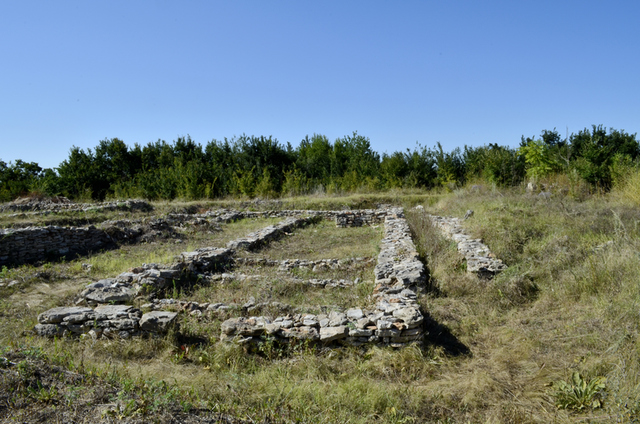Durankulak Lake
Durankoulak lake is a protected area in Northeastern Bulgaria. It is located near the village of Durankulak, about 5 km from the border between Bulgaria and Romania, about 15 km north of Shabla town and approximately 530 km northeast of Sofia city.
Is a coastal lake, estuary type with an area of 4037 dka. To the east is separated from the sea by a narrow strip of natural sand dunes and connects to it via a canal. In the western part of the lake are two islands (respectively 20 and 5.3 dka).
NATURE
Durankoulak Lake is one of the best preserved coastal wetlands in Bulgaria with international importance for the conservation of more than 260 species of rare and endangered plants and animals. The region hosts 5 endemic plants of the Balkan Peninsula. The deposit of Trirabest kamash is the most representative for Bulgaria.
Located on the migration route Via Pontica the wetland provides favorable conditions for feeding and resting of many species of migratory birds. The lake is a shelter for the Little Bittern, Ferruginous Duck, Mute Swan, Little Cormorant, White Pelican, Indian Warbler. The surrounding loose shores nest the extremely beautiful with its colorful plumage Bee-eater. Along with the Shabla Lake give shelter in the winter season to the White-fronted Goose and 80-90% of the world population of Red-breasted Goose.
HISTORY
On the western shore of Duranculak Lake were discovered dugouts by the first farmers of Dobrudzha (5100 - 4700 BC), also burial mounds of Proto Bronze era (3500 - 3400 BC) and a late ancient Sarmatian necropolis. There are cemeteries left by people who had inhabited the Big Island in the lake.
The explored over 12 000 prehistoric burials indicate that western shores of the Black Sea was a cradle of the most ancient civilization of humanity. On the Big Island of the lake there is a Eneolithic mound (4600 - 4200 BC) which is a cultural monument of national importance. On the south side of the island there is a fortified settlement from Late Bronze and early Iron Age (1300 - 1200 BC).
26 m inside the massif of the island is cut a Hellenistic cave temple of the goddess Cybele (3rd century BC) and over the whole island was situated a fortified Proto Bulgarian settlement from 9-10 century. Part of it is exhibited.
TRANSPORT
The lake can be reached by car along the international road E87. Before getting to Durankulak village there is a turnoff for the Archaeological excavation of the big island. You can also take a bus to the village and then walk to the lake.
ACCOMMODATION
You can rent a room in the guest house in Durankoulak or in the house for watching birds on the lake.
For those who want to enjoy the tranquility and the beautiful beach there are 30 bungalows set in a small grove on the beach. Each bungalow consists of a room with three beds, en-suite bathroom / WC and small balcony. Camping guests enjoy a playground, a parking lot, a soccer field and volleyball on the beach. In the camp there is a large restaurant and a beach bar.
Sources:http://shabla.be, http://bg.wikipedia.org, Mirela
Photos:http://www.panoramio.com, http://shabla.be, http://infobg.net, Internet.















